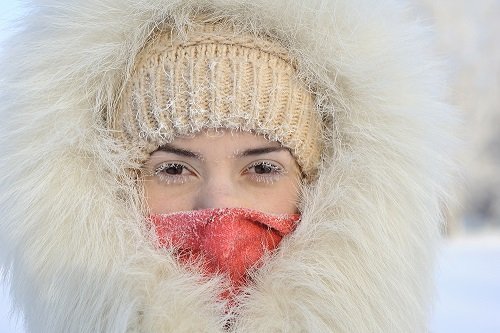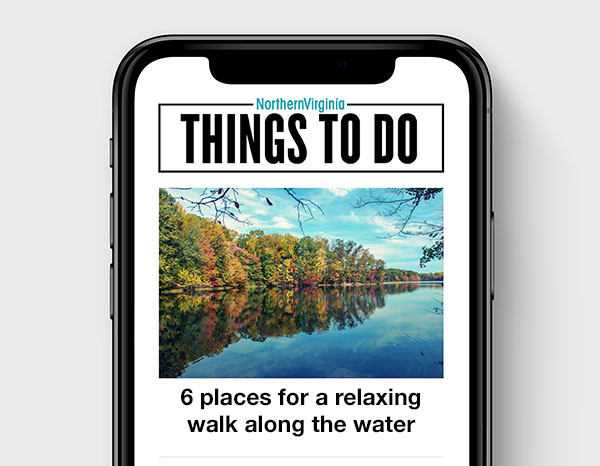By Meghan Meier

Although late, the winter season has finally arrived, and it has brought with it an army of snow and arctic winds. With that comes the stress of not only keeping warm but also making sure that what you wear protects you from that lurking frostbite. What’s amazing about this little winter stinger is that everyone recognizes the vernacular, but people often misunderstand how it is formed and how to identify it when it starts to bite.
According to the Centers for Disease Control and Prevention, frostbite occurs due to the freezing of the skin tissue. However, it must be noted that frostbite does not follow one particular weather pattern; rather, it’s influenced by the actual temperature and the wind chill temperatures.
Frostbite is most common in the facial areas, fingers and toes. For people who have never seen or been directly affected by this type of exposure, look for signs of redness or twinges of pain emanating from the target area—this is commonly the first step of identifying frostbite. Symptoms can also extend to the discoloration, numbness, swelling or blisters of the affected skin, according to the Mayo Clinic. In the event you think or have frostbite, seek medical assistance immediately. If medical assistance is unavailable at the time of exposure, victims of frostbite need to find an indoor room that can help keep the affected area warm. After an individual is removed from the cold, warm water—not hot—should then be applied to the affected skin. Heating devices such as a heating pads or radiators should not be used as they can cause serious burns to the damaged skin.
Taking the necessary steps before traveling out into the frigid temperatures is the best way to help reduce your chances of frostbite. One of the main strategies is to keep yourself layered. Make sure each garment is windproof and waterproof. These types of layers act as insulators that help maintain body heat and stop moisture. Your diet also has a great impact on how your body will react when in the cold. Staying hydrated and eating a well-balanced meal is recommended. At the event you get cold, drink warm beverages, like hot chocolate. But steer clear of alcoholic beverages—when metabolized, alcohol can make your body lose its heat very quickly. Additionally, be mindful how long you are outside. Stay too long, and your risk of frostbite can increase. It’s best to limit your time and take breaks to reduce the possibility of frostbite.

